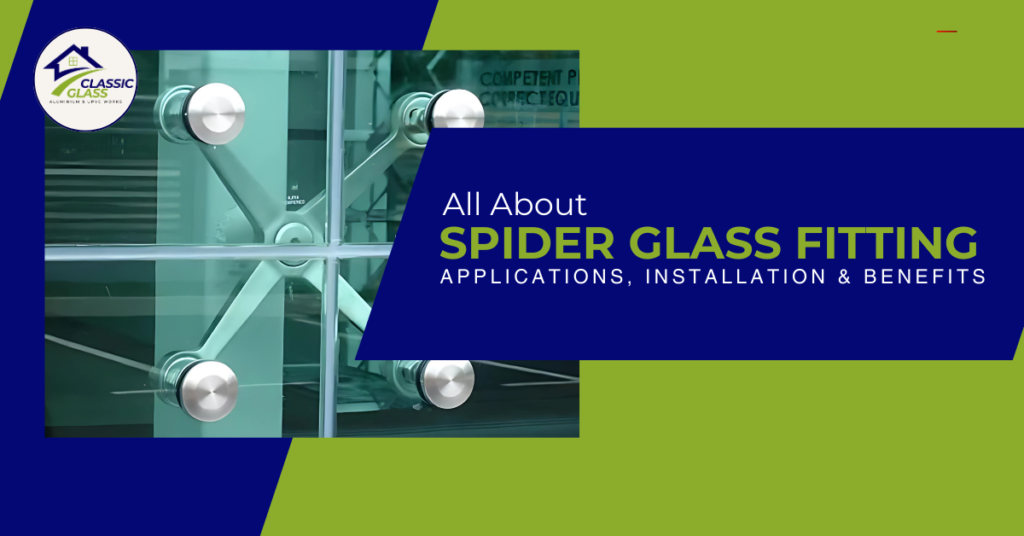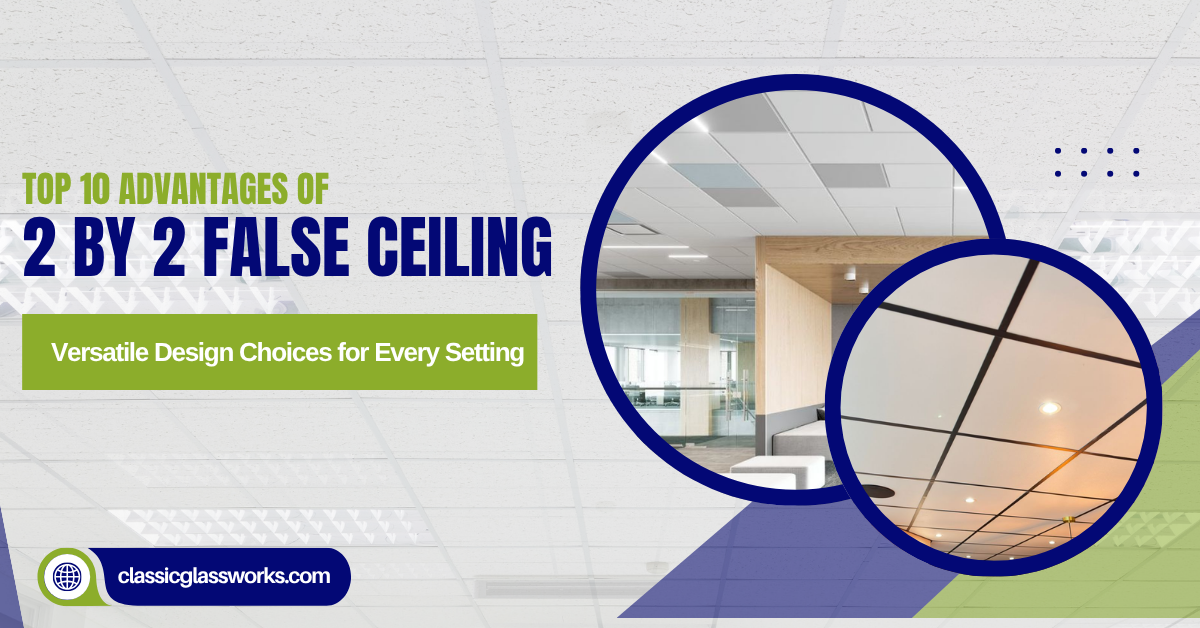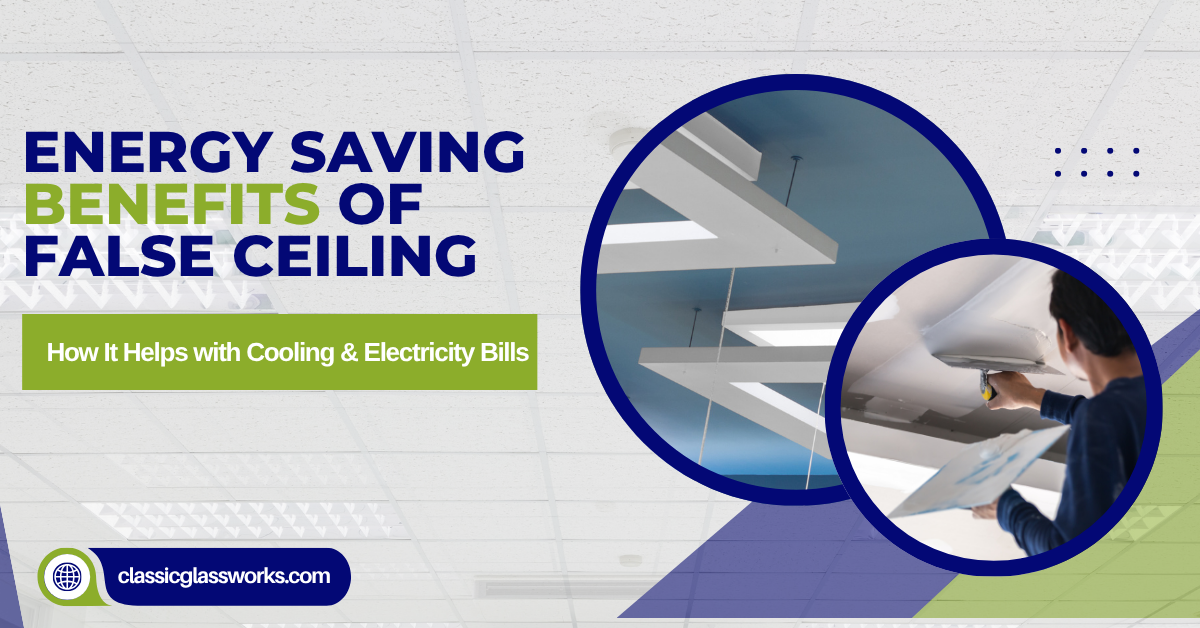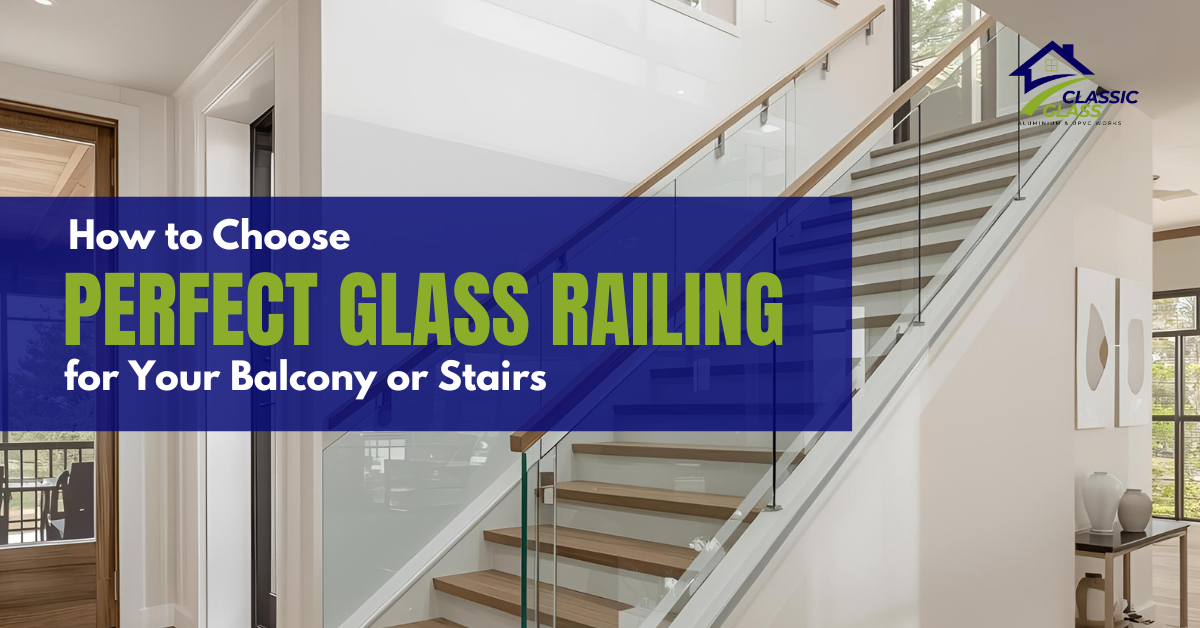Spider Fitting Glass: Making Buildings Look Amazing
Spider fitting glass is a cool way to build with glass. It lets architects create beautiful, see-through walls and other glass structures. Think of it like giant, sparkling windows that make buildings look modern and let lots of light in. This article explains how it works, what it’s used for, and why it’s so popular.
What is Spider Glass Fitting?
magine tiny metal “spiders” holding big glass panels in place. That’s basically how spider glass fitting works. These “spiders,” usually made of strong steel, grab onto the glass at certain points. This means you don’t need big, clunky frames around the glass, so it looks super clean and transparent. It’s a strong and beautiful way to use glass in buildings.
Where is Spider Glass Fitting Used?
You can find spider glass fitting in lots of places:
* Glass Walls (Curtain Walls): These are huge, see-through walls that often cover entire buildings. They let tons of light in and offer amazing views.
* Building Fronts (Facades): Stores and offices often use spider glass fitting to make their buildings look modern and welcoming.
* Strong Glass: The glass used in these systems is usually very strong (tempered or toughened glass) so it’s safe and doesn’t break easily.
* The Whole System: “Spider glazing system” just means all the parts working together – the spiders, the glass, and the stuff holding it all up.
* Inside Walls Too: Sometimes, spider fittings are used inside to make stylish glass walls within offices or homes.
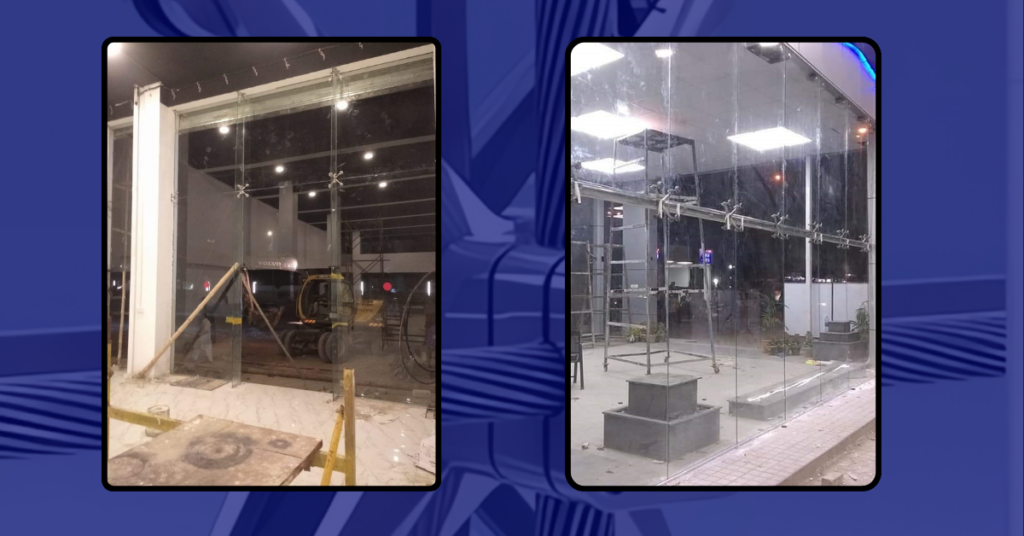
How is Spider Glass Fitting Installed?
Putting in spider glass fitting takes careful work:
Planning: First, experts figure out exactly what kind of “spiders,” glass, and supports are needed. They also check things like wind and earthquake safety.
Making the Glass: The glass is custom-made with holes for the “spiders” to attach.
Attaching the Spiders: The “spiders” are carefully fastened to the glass panels.
Building the Support: The frame that will hold the glass (usually made of steel) is put up.
Putting the Glass in Place: The glass panels, with the “spiders” already attached, are lifted and connected to the support frame.
Checking Everything: Finally, everything is checked to make sure it’s lined up correctly and strong. Let’s break down the advantages of spider glass fitting and the considerations for choosing the right system in more detail:
Advantages of Spider Glass Fitting:
- Aesthetically Pleasing: Spider glass fittings create a clean, minimalist look. The absence of bulky frames allows the glass to be the focal point, resulting in a modern and sophisticated appearance. This sleekness enhances the visual appeal of buildings, making them look more contemporary and stylish.
- Maximizes Natural Light: Spider glass systems minimize the structural elements, allowing for larger expanses of glass. This translates to an abundance of natural light entering the interior spaces. Natural light is known to improve mood, productivity, and overall well-being. It also reduces the need for artificial lighting, leading to energy savings.
- Unobstructed Views: Because spider glass fittings don’t require bulky frames, they offer seamless and unobstructed views of the surrounding environment. This creates a sense of openness and connection with the outside world, enhancing the experience for occupants. Panoramic views can also increase the value of a property.
- Design Flexibility: Spider glass systems offer incredible design flexibility. They can be adapted to various shapes, sizes, and angles, allowing architects to create unique and innovative building facades. This versatility opens up a wide range of design possibilities, enabling architects to realize their creative visions. Curved facades, complex angles, and large, uninterrupted glass panels become achievable.
- Structural Strength and Safety: When properly designed and installed, spider glass systems are incredibly strong and safe. The glass itself can be tempered or laminated for enhanced strength and safety. The spider fittings are designed to distribute the load effectively, ensuring the stability and integrity of the structure even in harsh weather conditions. Redundancy in the system (multiple connection points) also adds a layer of safety.
Low Maintenance: Glass is a relatively low-maintenance material. It doesn’t require painting or other protective coatings. Cleaning is typically straightforward, often just requiring washing with soap and water. The durability of glass also contributes to its long-term cost-effectiveness.
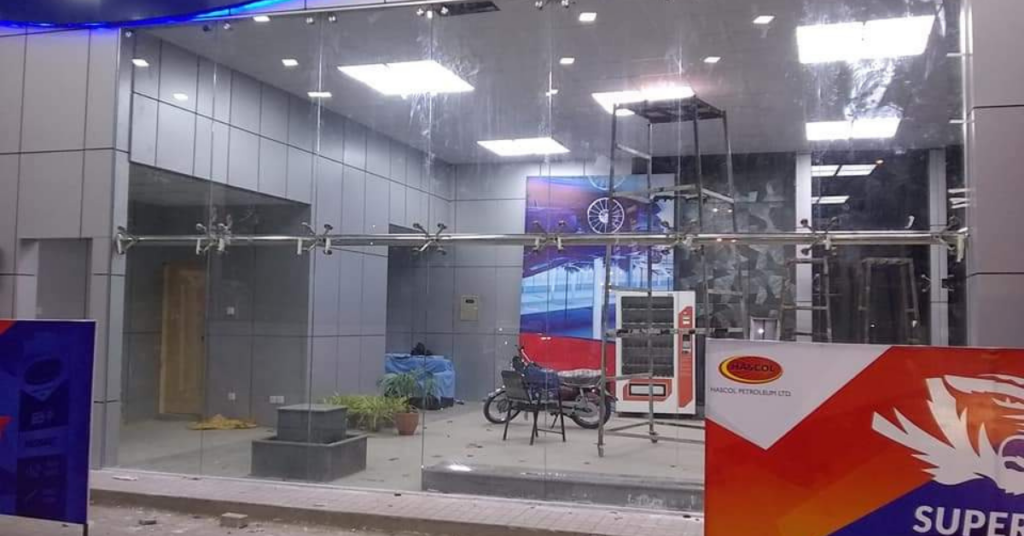
Choosing the Right Spider Glass Fitting System:
- Project Requirements: This is the most crucial factor. Consider the size and shape of the glass panels, the specific loading requirements (wind, snow, etc.), the type of support structure needed (e.g., steel, concrete), and the desired aesthetic. The overall design vision for the project will heavily influence the choice of fittings.
- Glass Type: Different types of glass offer varying levels of performance. Annealed glass is the basic type, while tempered glass is significantly stronger and breaks into small, relatively harmless pieces. Laminated glass consists of two or more layers of glass bonded together with an interlayer, providing enhanced safety and security. Other options include coated glass for solar control or insulated glass units for thermal performance. The choice of glass will depend on the specific requirements of the project, including safety, energy efficiency, and acoustic performance.
- Spider Fitting Type: Spider fittings come in various designs, each with its own characteristics and applications. The number of arms (typically 2, 3, or 4) and the design of the connection point will influence the load-bearing capacity and the aesthetics of the system. Some fittings are designed for specific applications, such as point-fixed glazing or suspended glazing. Careful consideration must be given to the type of spider fitting that best suits the project requirements.
- Budget: Spider glass systems can vary significantly in cost depending on the complexity of the design, the type of glass used, and the type of fittings chosen. It’s essential to establish a realistic budget early in the design process and work with the project team to select a system that meets both the performance requirements and the budgetary constraints.
Final Words:
Spider fitting glass is a fantastic way to build with glass. It makes buildings look amazing, lets in lots of light, and is strong and versatile. If you want a modern, eye-catching building, spider fitting glass is a great option. Spider fitting glass is a popular choice for modern buildings because it offers a sleek, frameless aesthetic while maximizing natural light. This method uses specialized fittings to secure glass panels, creating a visually striking facade that is both strong and versatile.

